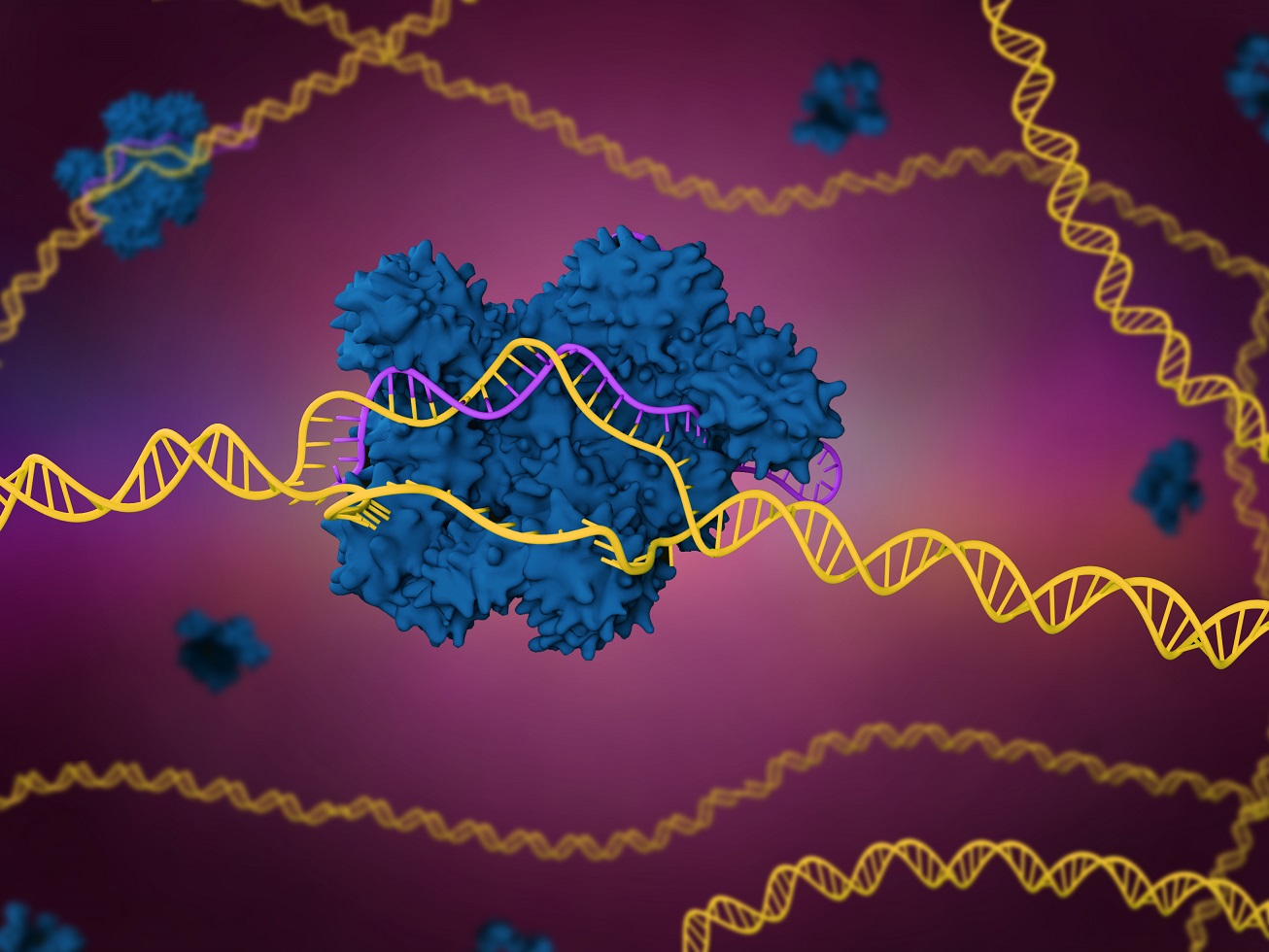Wageningen, The Netherlands
May 13, 2024

Diversity is an important phenomenon on our planet. It stabilizes ecosystems, improves organizations, makes agriculture more sustainable, and, in plant breeding, is the basis for innovation and crop improvement. KeyGene develops innovative technologies to benefit from existing genetic diversity and to expand desired genetic diversity.
Before the domestication of plants and animals, the relatively undirected process of evolution was the only driver behind diversity. New insights and recently developed innovative technologies such as CRISPR-Cas allow for a directed drive to induce desired variation. New EU legislation may make it possible for these techniques to become regular tools for crop improvement.

Evolution for diversity
UV light, other radiation and biological processes, like DNA replication, cause random breaks in DNA. Plants, animals, and even micro-organisms have an advanced system to rapidly and effectively repair those breaks. That system sometimes makes small mistakes, which in some cases can result in a new trait of the organism. Obviously, this change can be beneficial, neutral or harmful.
This process of changing traits, thanks to small changes in the DNA followed by reproduction and selection, is what we call evolution. The diversity induced by evolution is limited, as roughly the only changes that will survive are those contributing to the survival of fitter new variants of the organisms.
The first human-directed evolution: domestication
Some 12,000 years ago, humans started to identify and exploit plants and animals with new traits that could benefit human survival. Larger plant size, higher crop yield, and better-obedience in dogs are a few examples of traits that may be ‘harmful’ to the fitness of plants and animals in nature but are clearly beneficial for human survival. Humans managed to maintain these traits, e.g., by reproducing plants with better traits.
Recombination for improvement
In many plant species, sexual reproduction can also induce new variants. Following pollination, seeds will form which feature new combinations of traits from the mother and father plants. The traits of the parents are ‘recombined’.
The first plant breeders recognized the potential of this recombination and started to select and cross parents to obtain improved crops. Crossing an apple tree with tasty but small apples with an apple tree having big apples which are less flavorful, could potentially deliver new apple trees with apples which are large and tasty, and thus increase crop biodiversity.
For a long time, breeders needed to select parents and improved offspring without knowing what part of the plants’ DNA was responsible for what trait. The link between DNA and traits was a kind of ‘black box’.
New: better insights
During the past decades, plant scientists and breeders gained access to innovative technologies for DNA sequencing. These technologies analyze DNA at the very basic level: they help to determine the order of DNA-building blocks, the nucleic acids.
This enables scientists and breeders to link desired crop traits with the DNA that is involved. Once a link has been clarified, breeders can use the same advanced DNA-sequencing techniques to quickly identify plants with variations in that specific part of the plants’ DNA.
Newer: inducing desired variation
In 2012, scientists discovered a system, known as CRISPR-Cas, by which bacteria defend themselves against viruses. It was quickly recognized that the bacterial CRISPR-Cas system could be useful for both human health, as well as for crop improvement.
Successfully expanding diversity
In the EU-financed CHIC research program, KeyGene scientists, together with partners, showed that genome editing can be used to induce desired variation in the inulin crop chicory, and thus to increase crop biodiversity. They were able to block the production of undesirable bitter compounds and boost the accumulation of desirable medical compounds by using genome editing.
The newly domesticated CoverCress crop shows that genome editing can also marvelously speed up the domestication of a new crop. In the past, the domestication of crops usually took hundreds to thousands of years. By using genome editing, scientists were able to ‘convert’ the weed penny cress into a new crop in less than 10 years.
News: EU legislation
These examples show that these so-called new genomic techniques (NGTs) can be used to induce desired variation in a well-directed way and thus boost crop diversity. The EU is currently shaping new EU legislation on NGTs.
With this new legislation, the EU wants to make it possible for plant breeders to develop crops with new and desired traits by using NGTs to induce desired genetic variation in a safe and well-directed manner.
Read more
- Inducing new diversity in chicory by using NGTs in the EU-financed CHIC research program, KeyGene scientists, together with partners:
- The European Commission’s proposal for regulation on plants obtained by certain new genomic techniques and their food and feed
Contact details and site map